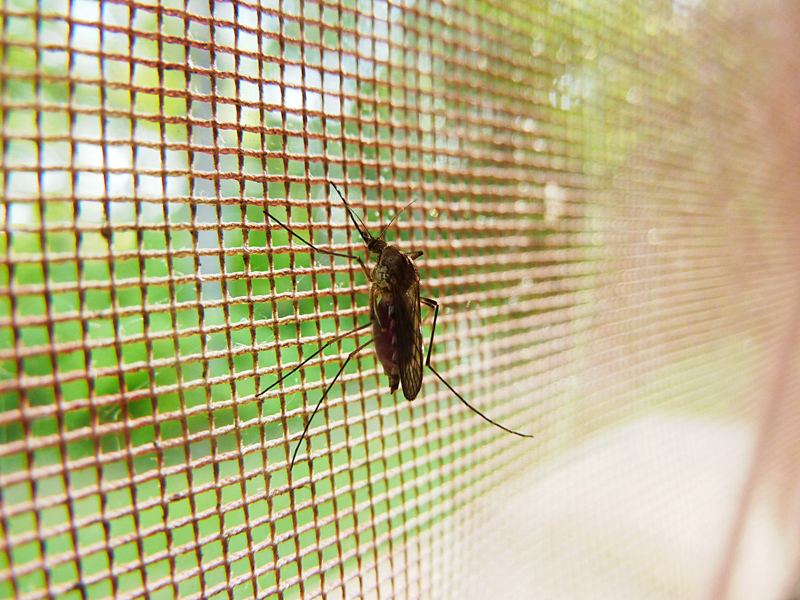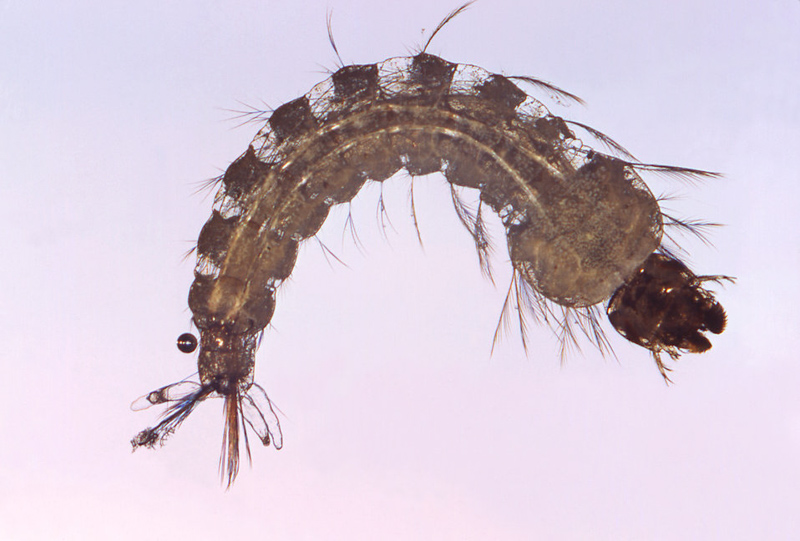When most think of Brooks Camp, bears and salmon are the first images to pop into our minds. For others, trophy trout fishing is the main attraction. But no matter who you are or what you come here to see, it seems that everyone can agree on one thing: Biting insects are extremely annoying. At Brooks Camp, mosquitoes, white socks, and no-see-ums are the source of much anguish and itchiness.

To everything there is a season; mosquitoes, white socks, and no-see-ums each individually peak in population throughout the summer. Unlike mosquitos, who bite with needle-like mouths, white socks break into the skin with sharp pinching jaws, and lap up the blood that oozes out. If you come to visit, be sure to bring a bug net and a circular brimmed hat. White socks tend to fly into unprotected eyes, noses and mouths, especially when in full force on a still, warm day. Another trick to avoiding pesky bug bites is to wear long underwear with the pant legs tucked under your socks. Gloves and long sleeves can also be essential. White socks are notorious for finding even the smallest patch of bare skin and capitalizing, at our expense.
Bug spray is another deterent option; visitors and park staff alike often arrive to Brooks Camp with a hefty arsenal of sprays, creams, and lotions to keep the bugs away. These products can be useful, but are not always a good first line of defense when biting insects are so numerous. Repeated application of Deet to the skin over an extended period of time can be a potential health risk. It’s also easy to inadvertently get bug spray in the eyes and mouth through eating or touching the face, which the product label usually warns against. Even with spray, bug nets, and good clothing coverage, it is unlikely to spend a significant amount of time outdoors in Brooks Camp and not receive at least a few bug bites. Bring some anti-itch cream and a tolerant attitude. This is the price of world class wildlife viewing and fishing.

Still, after reaching a certain threshold of itchy, inflamed bug bites one is inclined to think, “let’s just kill them all.” But it is no coincidence that large populations of insects are usually found in areas where other wildlife abounds. An informed visitor to Brooks Camp knows that salmon are the keystone species to the Katmai ecosystem. Salmon are an important food source to more than just the bears here; migratory birds fill their bellies before departing for warmer climates, plants and trees absorb a heightened level of nutrients released into the soil, zooplankton feed on microscopic bits of salmon flesh, and trout get fat feeding on salmon eggs.
It’s important to note then, that one of the staple food sources for salmon fry are insect larvae, like mosquitoes and white socks. As annoying and painful as they can be, the biting insects of Katmai are a vital part of the ecosystem. Without them, salmon would not occur in such large numbers, causing a ripple effect up the food chain, reducing the existence of bears, birds, trout, and all other plants and animals that depend on the salmon. It would be nice to enjoy Brooks Camp without the buzz and sting of biting insects, but ecosystems cannot be molded to our desires. Removing one ingredient spoils the whole pot.

It’s hard to appreciate an insect that makes our lives miserable. We don’t have to love them, but knowing that they are essential to the Brooks Camp ecosystem might temper your feelings, or even relieve your itch.
